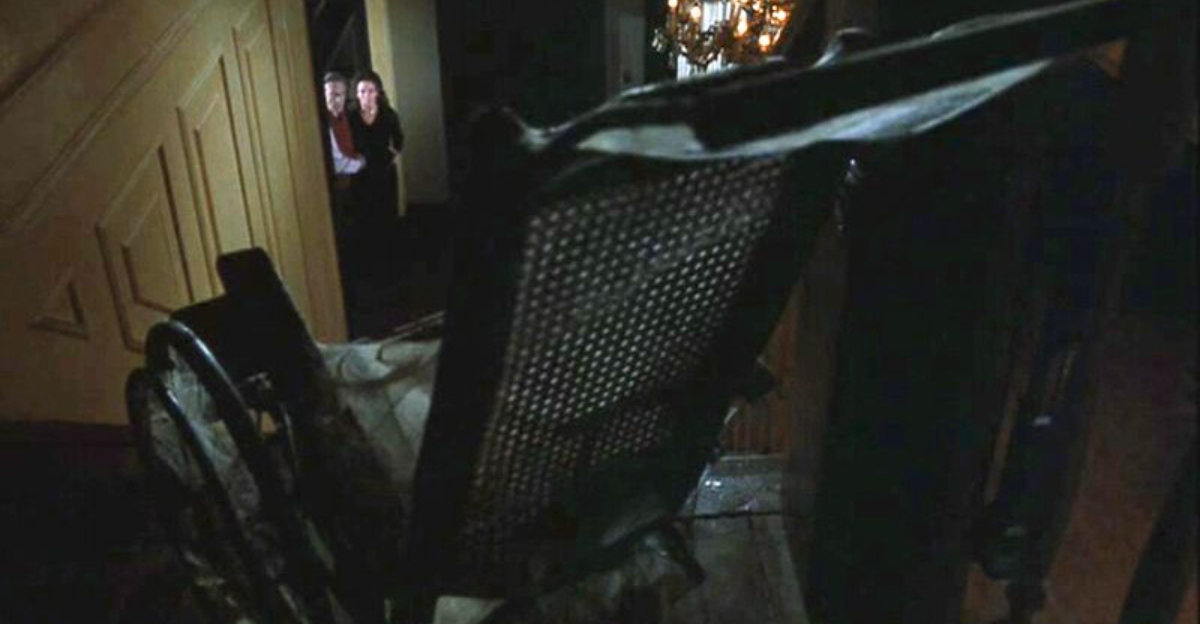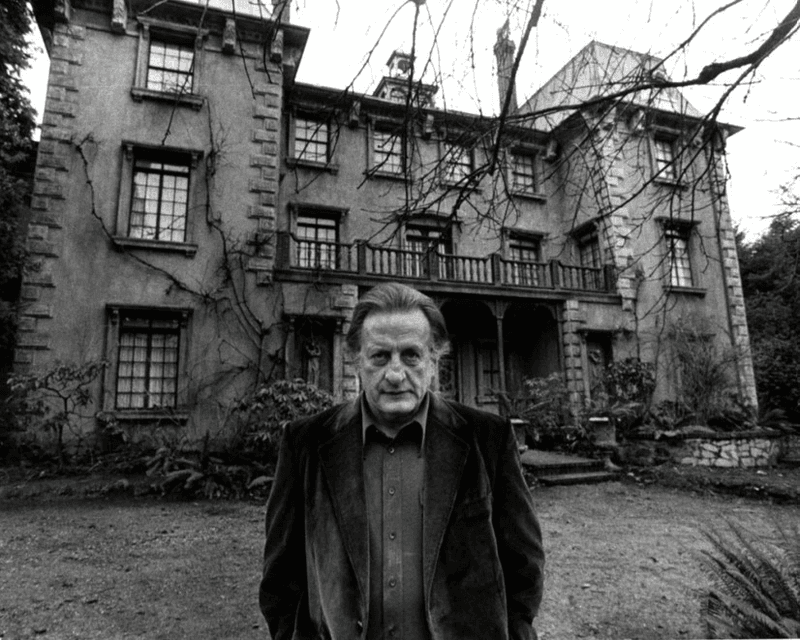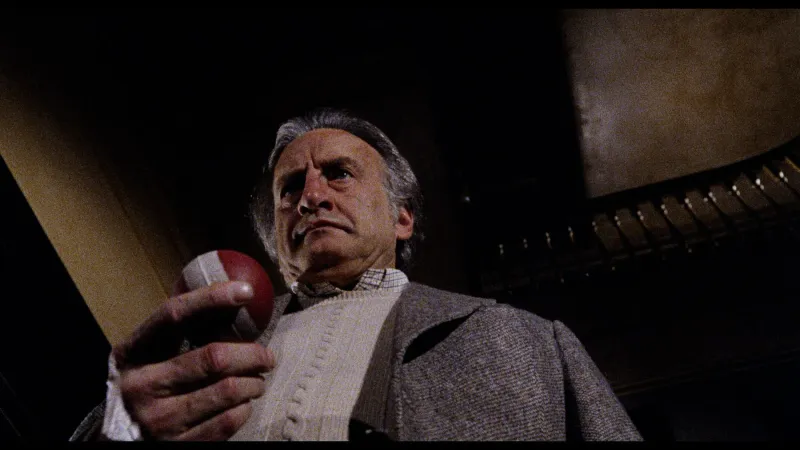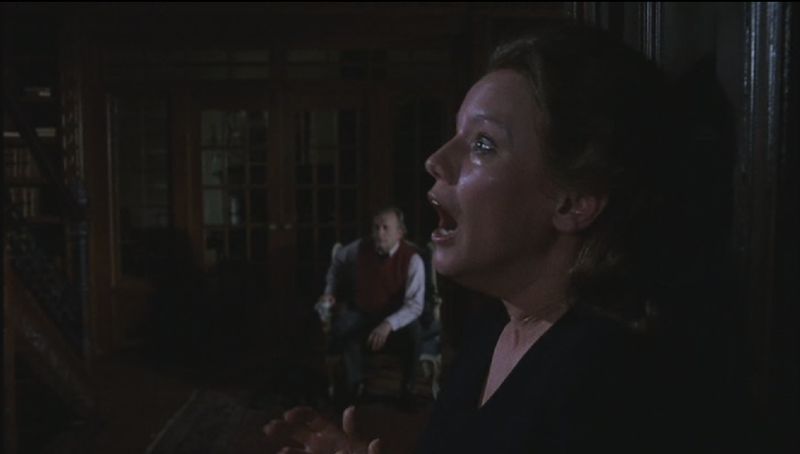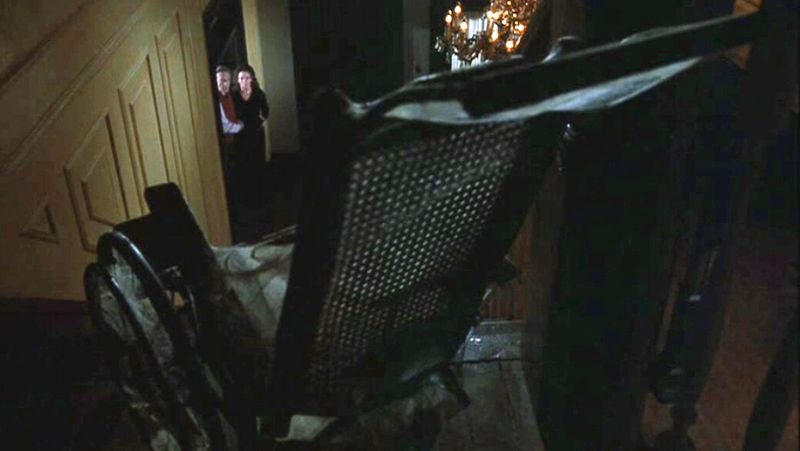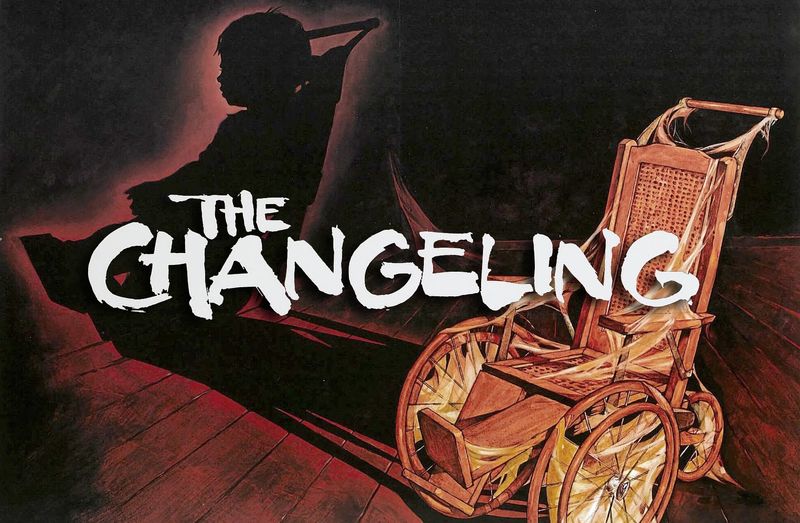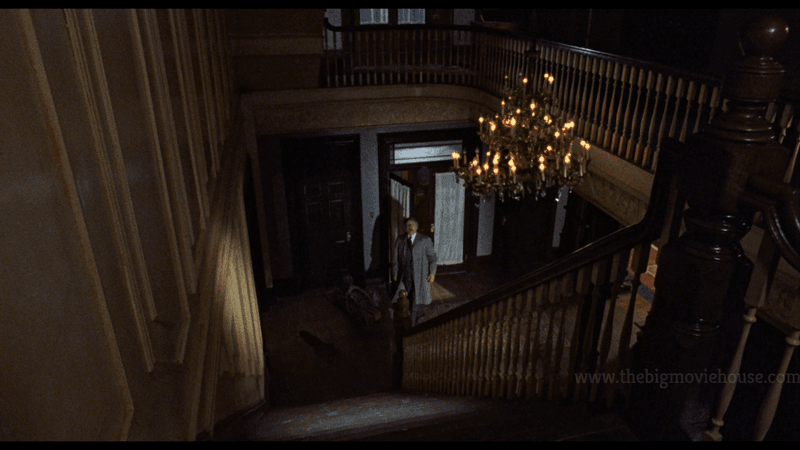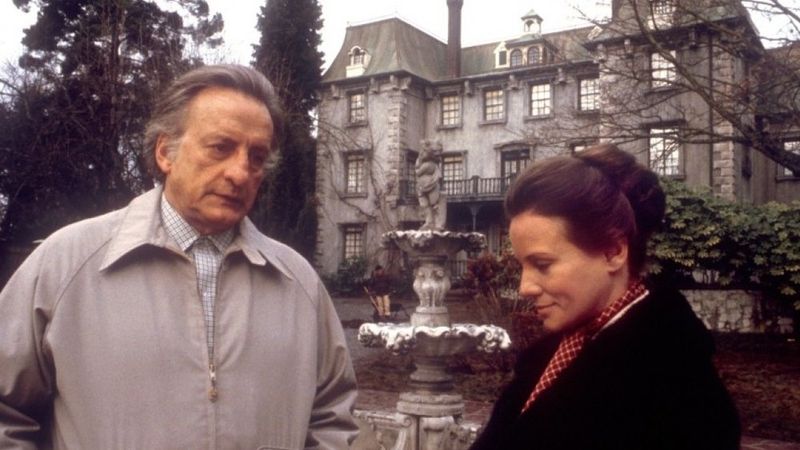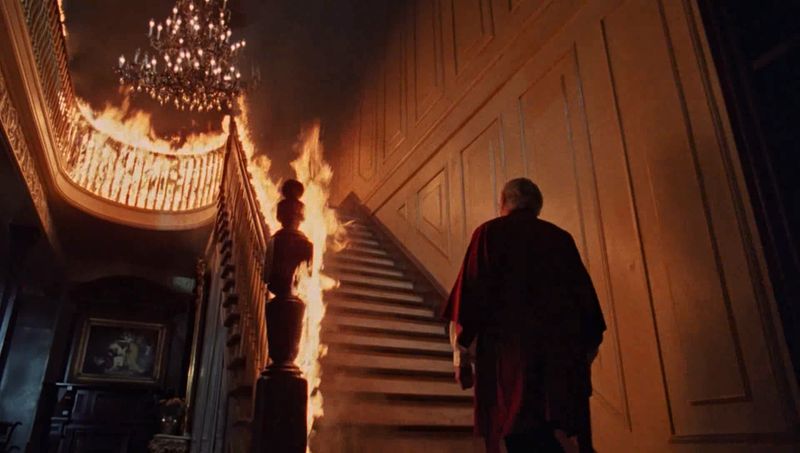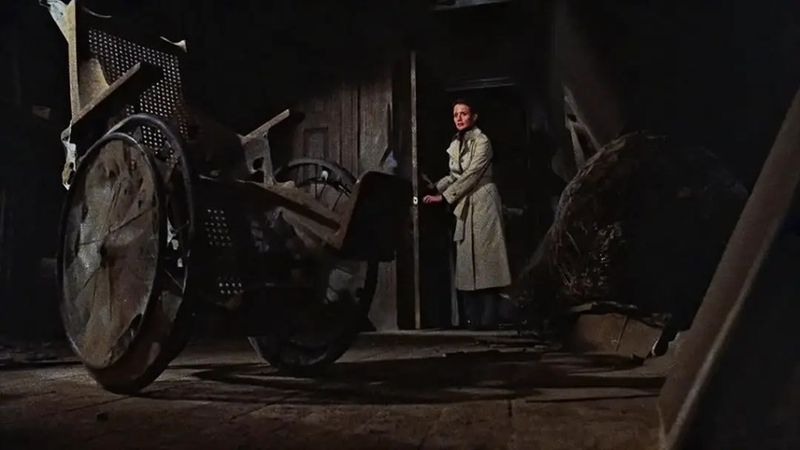“The Changeling” is a horror masterpiece that continues to captivate audiences even 45 years after its release. Its chilling atmosphere, masterful storytelling, and iconic scenes have left an indelible mark on the genre.
In this blog post, we delve into the ten reasons why this classic remains one of the scariest films ever made.
From the haunting performance of George C. Scott to the eerie, minimalist score, each element weaves together a tapestry of fear that lingers long after the credits roll.
1. The Perfect Slow-Burn Atmosphere
“The Changeling” excels in creating a slow-burn atmosphere that gradually builds tension. Unlike today’s horror movies that often rely on jump scares, this film cultivates fear through pacing, silence, and mood.
The director’s use of long takes and lingering shots allows the viewer to become enveloped in the story’s oppressive atmosphere. The subtle creaks of the old mansion and the haunting stillness create a world where every shadow holds a secret.
This method of storytelling engages the audience’s imagination, making the horror deeply personal and more enduring.
2. George C. Scott’s Gripping Performance
George C. Scott delivers a powerful performance as a grieving composer, grounding the film’s supernatural elements in real human emotion. His portrayal is both raw and believable, capturing the complexities of loss and fear.
Scott’s ability to convey vulnerability and strength simultaneously adds depth to his character, making the audience deeply invested in his journey.
The authenticity of his performance enhances the film’s eerie atmosphere, as viewers are drawn into his world of unresolved grief and supernatural occurrences. His acting is a cornerstone of the film’s lasting impact.
3. The Terrifying Seance Sequence
The séance scene in “The Changeling” is a masterclass in building tension and fear. As the medium channels the spirit, the atmosphere becomes charged with suspense.
The use of sound and lighting in this scene is particularly effective, with whispers and shadows heightening the sense of dread. The medium’s trance-like state and the escalating intensity of the séance create an overwhelming sense of unease.
This sequence’s portrayal of the supernatural feels raw and unnerving, making it one of the most memorable and frightening depictions of a séance in cinema history.
4. Based on a True Story
“The Changeling” draws inspiration from real events experienced by writer Russell Hunter, adding an extra layer of fear. The knowledge that the story has roots in reality makes the film’s horror more palpable.
This connection to real-life events creates an unsettling authenticity, blurring the lines between fiction and reality. The haunting tale of a ghostly child and hidden secrets takes on deeper meaning knowing it stems from actual experiences.
The true story element intrigues viewers, making them ponder the possibilities of the supernatural beyond the screen.
5. That Wheelchair Scene
A seemingly ordinary object, a wheelchair, becomes a symbol of terror in one of the film’s most memorable scenes. Its unexpected movement and presence create an uncanny feeling, turning something familiar into a source of fear.
This transformation of everyday objects into symbols of horror is part of what makes “The Changeling” so unsettling.
The scene’s suspense is heightened by the creaking sounds and the slow, deliberate pace at which the wheelchair moves. It leaves a lasting impression on viewers, as its simplicity and effectiveness are truly chilling.
6. The Eerie, Minimalist Score
The film’s minimalist score, primarily composed of haunting piano music, plays a crucial role in crafting its eerie atmosphere. The music’s sparse and haunting quality complements the film’s themes, becoming a character in its own right.
Its melancholic tones linger in the mind, amplifying the emotional weight of the story. The score’s simplicity allows it to seamlessly blend with the film’s visual elements, enhancing the overall sense of dread.
This musical approach avoids overwhelming the audience, instead, it underscores the film’s chilling narrative with subtlety and nuance.
7. A Haunted House Done Right
The mansion in “The Changeling” is not just a setting; it’s a character that exudes mystery and dread. Its imposing architecture and hidden secrets contribute to the film’s unsettling atmosphere.
The house’s creaking floors, shadowy corridors, and unexplained phenomena create a sense of inescapable fear. Unlike many horror films that rely on cheap tricks, “The Changeling” builds genuine suspense through the house’s ominous presence.
The mansion’s history and secrets are gradually revealed, keeping the audience on edge and engaged with the unfolding mystery. It’s hauntingly unforgettable.
8. A Mystery Wrapped in Horror
“The Changeling” intertwines horror with a compelling mystery, setting it apart from typical ghost stories. As the protagonist unravels the mansion’s dark secrets, the narrative delves into themes of political corruption and murder.
This layered storytelling keeps the audience intrigued, as each revelation adds complexity to the horror. The film’s ability to weave a mystery within its supernatural framework creates a unique and captivating experience.
This blend of genres engages viewers intellectually, making the horror not just about fear but about the thrill of uncovering hidden truths.
9. Practical Effects That Still Hold Up
“The Changeling” relies on practical effects and clever cinematography to create its chilling atmosphere. Without the use of CGI, the film’s effects are achieved through inventive camera work and sound design.
These techniques lend a timeless quality to the horror, as they remain effective and frightening even today. The film’s commitment to practical effects enhances its authenticity, drawing the audience into its eerie world.
This craftsmanship in creating horror through tangible means leaves a lasting impact, showcasing the power of subtlety and imagination in filmmaking.
10. It Gets Under Your Skin
The horror in “The Changeling” is deeply psychological, leaving a lasting impression long after viewing. The film taps into primal fears with its exploration of grief, loss, and the unknown.
This emotional depth makes the horror resonate on a personal level, creating unease that lingers. Instead of relying on visual shocks, it uses atmosphere and storytelling to unsettle viewers.
The film’s ability to get under the skin is what makes it timeless, as its themes and emotions are universally relatable. It’s a haunting experience that’s hard to shake off.
